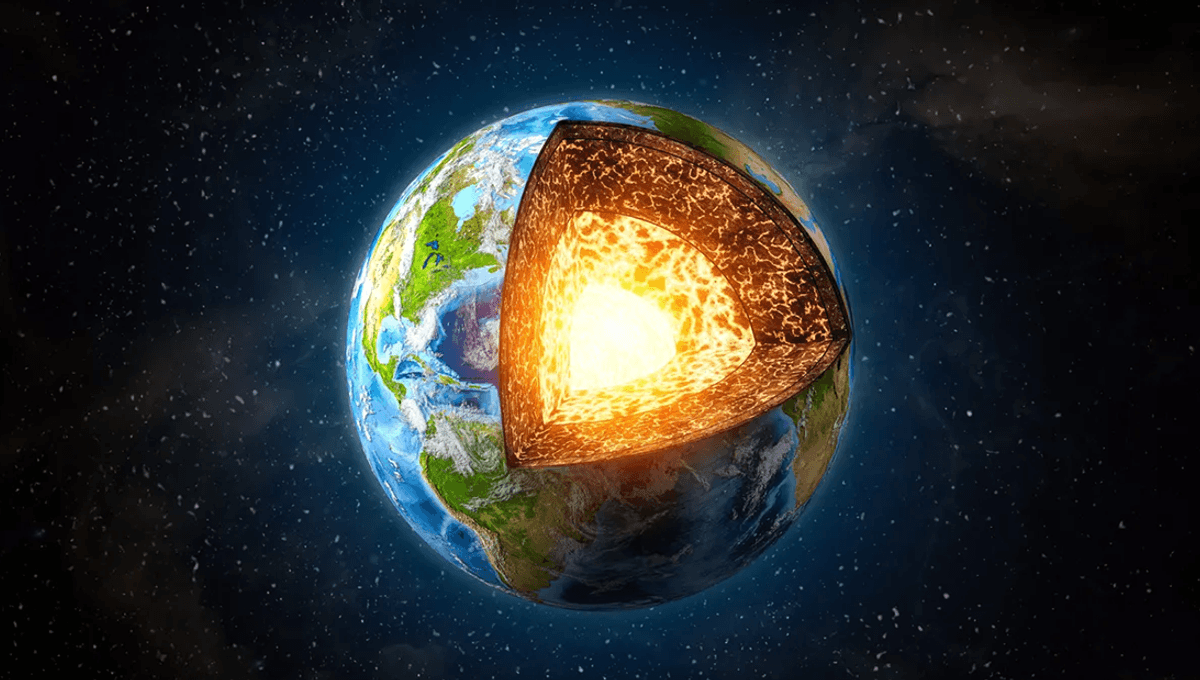
Helium-3 is a strange and rare isotope. The gas, most of which formed during the Big Bang, is, aside from protium, the only stable isotope of any element that contains more protons than neutrons.
As well as intriguing, due to its potential for use in fusion reactors, it is also highly sought after. We know where there’s a lot of it. The Moon, without a protective magnetic field, has been bombarded with it by the solar wind, leading to calls to mine the Moon (yes, just like in the excellent movie Moon). But there is a large supply of Helium-3 on Earth too, much lower down.
As our planet formed, the helium-3 from the Sun’s early solar nebula was incorporated into the Earth’s core. It’s not much use to us down there (in terms of rocket fuel) given that we have barely scratched the mantle. But it does sometimes leak up to the surface where we can find it, with around 2,000 grams (4.4 pounds) leaking out of the Earth every year.
Recent research has shown that Helium-3 can be found in volcanic rocks on the ocean floor, but the mechanism of how it got there from the core remained a geological mystery. A new team found that ancient lava flows from Baffin Island in Canada’s Arctic Archipelago contain the highest ratios of helium-3 and helium-4, and believe they have an explanation for how the isotope is brought to the Earth’s surface.
According to a previous team from Princeton University and the Guangzhou Institute of Geochemistry, the isotope is entering into magnesium oxide at the boundary between the core of our planet and the mantle, allowing it to move into the mantle. Previous research had shown that as helium-3 comes into contact with magnesium oxide, it “exsolves”, or turns from a homogenous mineral into one with crystalline phases, and that “helium strongly favours entering magnesium oxide at core-mantle boundary conditions.”
In the new paper focusing on Baffin Island, with its unusually high ratios of helium-3 and helium-4, the team found evidence that “volatile elements from the solar nebula have survived in the mantle since the early stages of accretion”, before making their way to the surface in mantle plumes, colossal upwellings of molten rock from the core-mantle boundary.
The study is published in Nature.
[H/T: Vice]
Source Link: Gas Formed In The Big Bang Could Be Leaking From Earth's Core